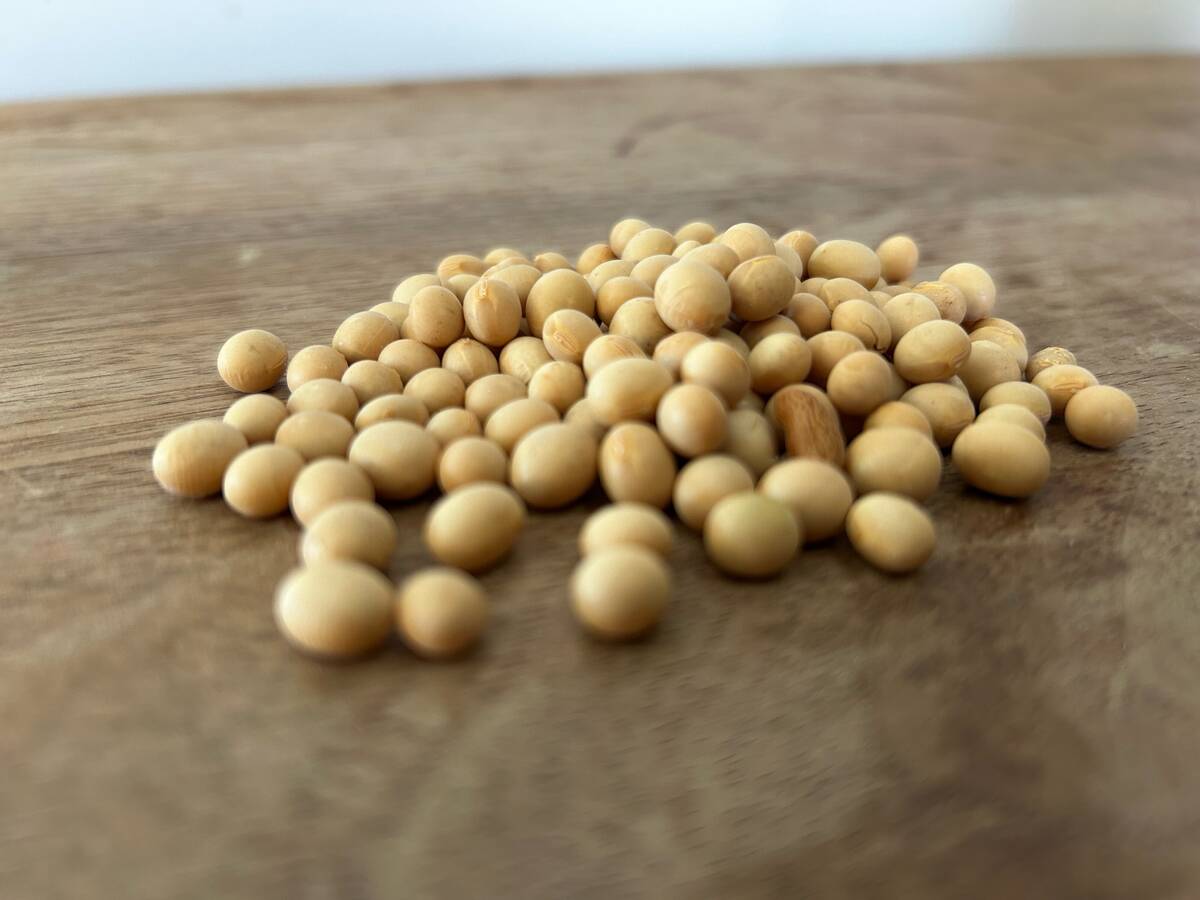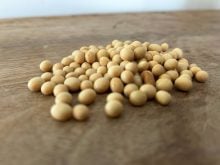CHICAGO (Reuters) — Warm, humid, late-summer weather across the central United States is speeding the development of corn and soybeans, easing concerns about potential yield losses due to frost for this year’s late planted crop, agronomists say.
About 10 percent the projected record corn crop was seen at risk last week based on USDA weekly data, but crop watchers expect Monday’s weekly USDA report to show reduced risks.
“Warmer-than-average temperatures in the last half of August allowed us to catch up on heat units — growing degree days — and pushed crop development. GDDs were 120 to 130 percent of normal across the state. But frost and drought and heat are still concerns,” said Iowa State University agronomist Roger Elmore, referring to corn in the top producing state of Iowa as of the last week of August.
Read Also

U.S. grains: soybeans firm ahead of USDA data
Chicago soybeans ticked up slightly on Wednesday as traders adjusted positions ahead of the release of official U.S. data on global supply and demand on Friday, the first update in weeks, but prices were capped by a lack of large Chinese purchases.
Corn and soybean development have lagged the average all summer after a wet, cool spring delayed planting for up to a month in some areas. Crops have been catching up the past two-to-three weeks, especially soybeans, according the U.S. Department of Agriculture weekly crop reports.
Nationwide, 42 percent of the corn crop was denting kernels by Sept. 1, compared to the five-year average pace of 61 percent by that date, while 92 percent of soybeans had set pods, near the five-year pace of 96 percent.
“USDA crop progress on Monday should tell us dent progress moved up sharply in the previous week. One of the few good things about the heat, it’s helped corn speed up development per day. But I think we’ve been losing yield on the back end,” said Bob Nielsen, agronomist for Purdue University in Indiana.
Near-term forecasts still call for more warm, dry conditions for the upper Midwest.
“Even the longer range forecast looking all the way out to early October isn’t showing any frost risk. It’s a pretty warm pattern,” said Joel Widenor, senior agricultural forecaster with Commodity Weather Group.
The National Weather Service 30-day outlook for September conditions calls for above-normal temperatures. NWS releases its next 30-day outlook for October on Sept. 19.
Even so, frost risk remains in the big corn states of Iowa, Minnesota, North Dakota and Wisconsin where crops are well behind average. In those states, anywhere from 27 percent to 39 percent of corn by Sept. 1 had not even reached the dough growth stage, when the kernel is soft and maturity is about seven weeks away.
That equated to a frost risk for 1.3 billion bushels of corn, or 10 percent of the expected record 13.76 billion bushel U.S. corn harvest.
On average, the first killing frost in Iowa comes by mid-October. In North Dakota, Minnesota or Wisconsin a killing frost typically hits by the first week in October.
“Any corn that was not to dough stage last Sunday would be at risk — so in Iowa 20 to 30 percent of the corn would be damaged with a normal frost,” Elmore told Reuters.
A killing frost is defined as temperatures staying below 28 degrees Fahrenheit for four hours or more. At that point plants shut down, preventing immature corn kernels from filling completely and translating to lower final test weight at harvest.
For soybeans, the bigger concern from coolness or frost is lower oil content. But the recent heat wave has also been weighing on overall soybean pod development, which has sparked a three-week rally in Chicago Board of Trade soybeans markets.














